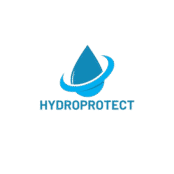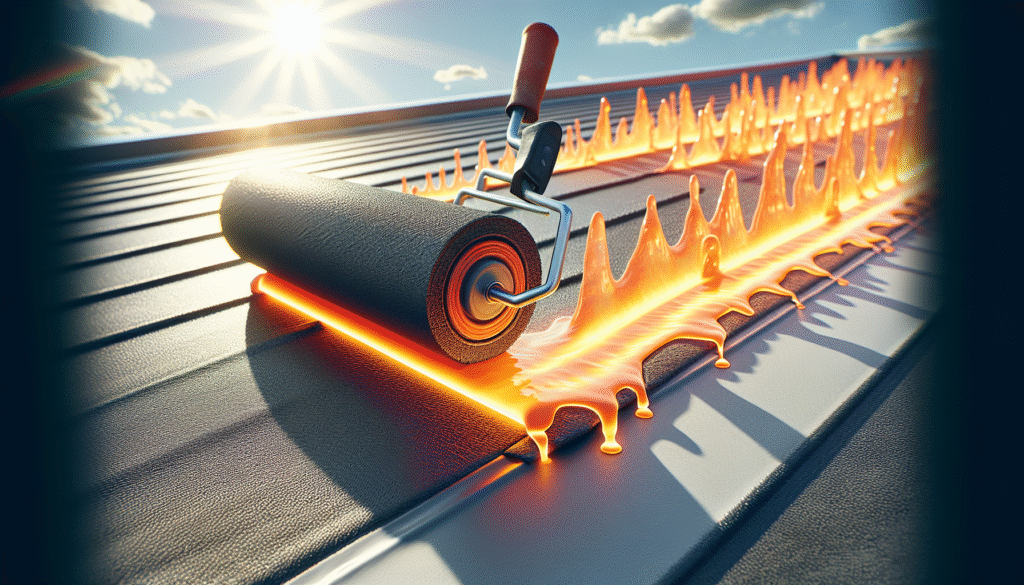Understanding Hotmelt Roof Waterproofing
Hotmelt roof waterproofing is increasingly becoming the favored solution for effective insulation in commercial spaces like halls and warehouses. This advanced technique offers a durable and robust barrier against water penetration, traditionally a major challenge faced by property developers and managers. With superior longevity and resilience, hotmelt systems are indeed transforming the roofing industry.
What is Hotmelt Waterproofing?
Hotmelt waterproofing is a method that involves applying a hot liquid bitumen rubber compound directly onto the roof surface. Once applied, this substance cools and solidifies, forming a seamless, watertight seal. Often reinforced with polyester or fiberglass, the composite structure enhances the system’s durability. This technology is particularly favored in regions with extreme weather conditions due to its exceptional resistance to thermal fluctuations and its self-healing properties.
Why Choose Hotmelt Over Traditional Methods?
When comparing hotmelt waterproofing to traditional methods, several advantages become apparent. Unlike membrane systems that often have seams, hotmelt’s seamless application ensures there are no vulnerable points where water can penetrate. Additionally, this method provides excellent adhesion to a variety of surfaces — from concrete to timber — further enhancing its versatility for various building designs.
- Seamless application prevents leaks.
- Strong adhesion to multiple materials.
- Great for new constructions and refurbishments.
Advantages of Hotmelt Roof Waterproofing
Understanding and leveraging the many benefits of hotmelt systems can significantly improve the operational efficiency of your buildings. Here’s why hotmelt waterproofing might be the best solution for your roof insulation needs:
Longevity and Durability
Hotmelt systems are designed to last decades without a need for replacement or extensive maintenance. This longevity is attributable to their inherent resistance to common roofing problems like thermal cycling, ultraviolet light degradation, and mechanical stress. As a property owner or developer, investing in hotmelt roofing can reduce long-term maintenance costs and extend the lifespan of your building’s roof.
Environmental Benefits
Increasingly, developers are turning to sustainable building practices. Hotmelt roofing supports this trend as it is made from recycled materials. Its ability to reduce energy consumption by enhancing a building’s thermal insulation also contributes to lowering its carbon footprint.
- Minimal environmental impact through recyclable materials.
- Contributes to LEED certification and other sustainability standards.
Cost-Effective Solutions
While the initial investment for installing a hotmelt system may seem high, it proves to be cost-effective over time. The reduced maintenance needs, coupled with fewer repairs and replacements, result in significant savings. For businesses managing multiple properties, these savings can add up quickly, enhancing overall financial health.
Implementing Hotmelt Waterproofing in Your Building
Making the decision to integrate hotmelt waterproofing into your building may appear daunting, but the benefits outweigh the challenges. Here’s how you can smoothly transition to a hotmelt system:
Choosing the Right Contractor
The success of a hotmelt waterproofing project heavily depends on the contractor’s expertise. Select professionals who have a proven track record with this specific technology to ensure that installations are both efficient and effective. Look for contractors with substantial experience, positive reviews, and requisite certifications.
Maintenance and Aftercare
Despite their durability, hotmelt roofing systems do require some form of regular maintenance. Conduct bi-annual inspections to check for any physical damage or debris that might affect performance. Regular cleaning and prompt repair of any identified issues will preserve the integrity of your roof’s waterproofing.
- Schedule regular roof inspections.
- Use certified professionals for repairs and maintenance.
Summary
Hotmelt roof waterproofing emerges as a superior choice for those seeking durable, cost-effective, and environmentally friendly solutions for roof insulation. With its seamless application and excellent material properties, it excels over traditional methods by solving common roofing challenges. As property owners and managers increasingly recognize the long-term benefits, the implementation of hotmelt systems can revolutionize building maintenance, providing both financial savings and peace of mind. Choosing the right contractor and investing in regular maintenance helps leverage this technology’s full potential, ultimately leading to a more sustainable and resilient infrastructure.

